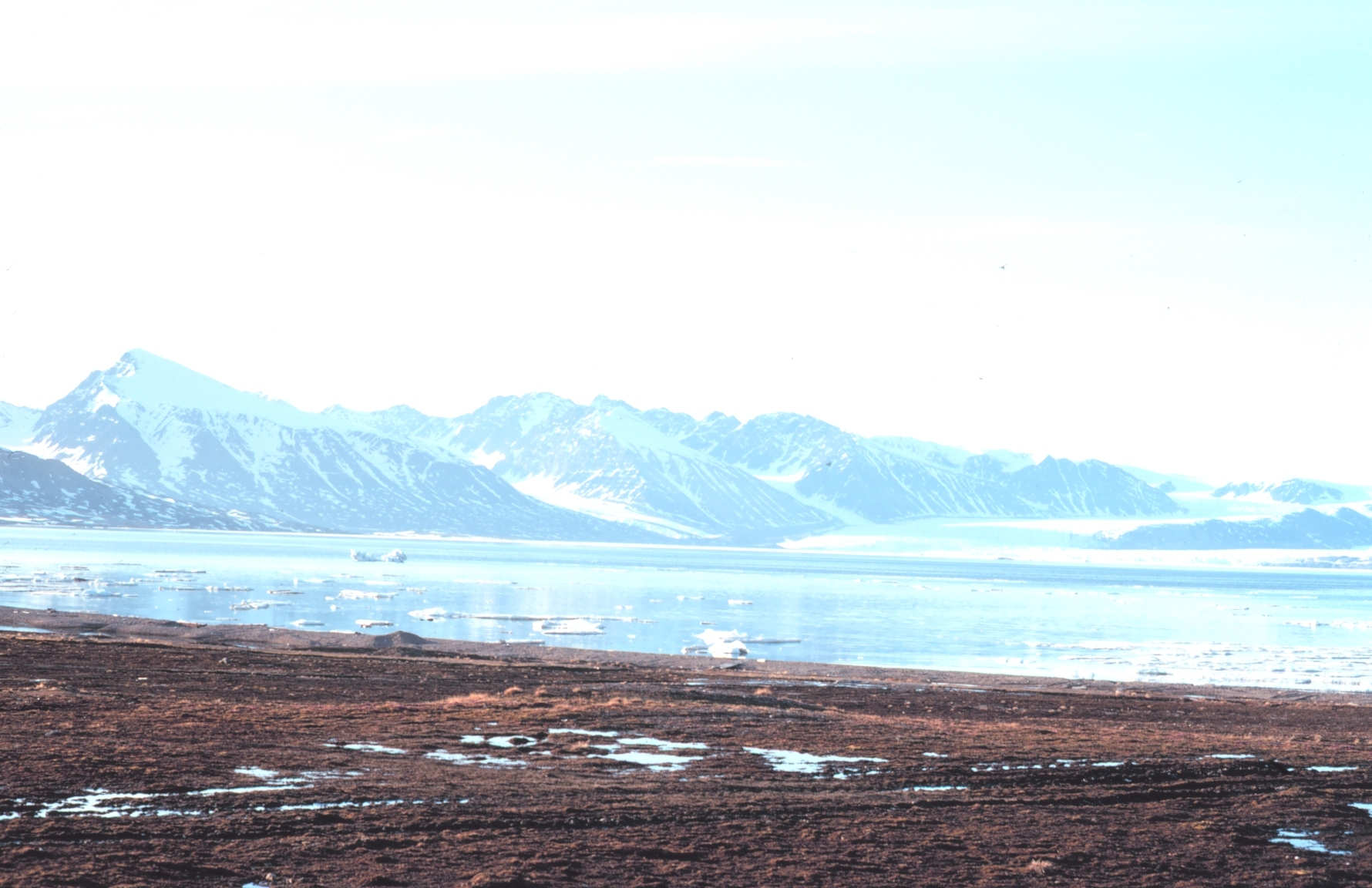Bioluminescent creatures are lighting up the long polar night in unexpected ways

When the last rays of sunlight hit Arctic communities in October, disappearing until the following March, so too do the lights go out under the surface of the Arctic Ocean. This polar night, or four months of continuous darkness, has long been assumed to be a period of hibernation for life in the ocean’s depths, causing tiny animals at the base of the food chain to die off. But new research challenges the dark stereotype of the ocean’s twilight zone.
New research published in Scientific Reports by University of Delaware researchers has found that 100 feet below the ocean’s surface is far from dark; they discovered an unexpected abundance of bioluminescence from marine organisms that replace daylight to act as the dominant light source, sustaining a wealth of ecological activity and sea life in the winter darkness of Svalbard.
[Arctic waters are buzzing with life during dark winter]
“A suite of studies over the past few years have indicated that sea birds, fish, and other organisms are active and feeding on zooplankton during the polar night,” says Dr. Jonathan Cohen in an interview with High North News. Cohen is an assistant professor of marine biosciences at the University of Delaware and a co-author on the publication. Up until these studies, the prevailing scientific assumption was that the food web remained dormant during the polar night. Since 2012, Cohen’s colleagues at the University of Tromso – The Arctic University of Norway have been taking annual research expeditions to Svalbard to study winter marine activity from “werewolf” plankton to clams with internal clocks.
Quantifying ‘Glow’ in the Twilight Zone
The new research helps scientists understand how the bioluminescent glow affects the wider food chain and predator-prey relationships by quantifying how much glow there actually is. “Our new work on bioluminescence provides details on the amount of light that is available at different depths in the water column during this time of year in Kongsfjorden, a well-studied Svalbard fjord” explains Cohen. “In the upper 20 meters or so, the majority of light comes from the atmosphere (sun, moon, stars, aurora), but below that biologically produced light (bioluminescence) takes over.”
To measure how much biologically produced light was being emitted below 20 meters (about 65 feet), the scientists involved captured 17 species of small organisms like krill, comb jellyfish, and small crustaceans that form the base of the Arctic food chain. Once captured, they used an Underwater Bioluminescence Assessment Tool, a device designed to stimulate the creatures to light up by water movements to measure the emitted light. Using this information to map the entire water column off of Svalbard in 20-meter increments down to 120 meters, the team calculated that the brightness from bioluminescence outshines starlight, moonlight, and noontime daylight from 20 to 40 meters below the surface.
Lighting Up the Food Chain
The new research is important in shedding light on who eats who in the darkness of the Arctic’s winter.
“There is vertical structure to the types of organisms that are present at these different depths, which controls the amount of bioluminescence. In terms of the food web, first, the transition zone between atmospheric light and bioluminescence represents an ecologically dynamic range of depths where predator-prey interactions can be complicated by both types of light. Second, at deeper depths there is light from bioluminescence that can be used to aid in feeding,” says Cohen.
Bioluminescents, like the brightly lit microscopic dinoflagellates that dominate the upper ranges, may also aid prey in escaping an unfortunate feeding. A bird diving into the water column to feed on krill, for example, may be lit up by a trailing of dinoflagellantes, alerting the krill of its predator in advance.
And while the work was conducted on too small a spatial scale to make conclusive declarations on the importance of bioluminescence to commercial fishing, Cohen does note that the light may be relevant for feeding of these fish during the polar night: “The depth of the transition zone between atmospheric light and bioluminescence should deepen at lower latitudes, so understanding how this relates to fish foraging over broader spatial scales in a priority for our further work. “Collectively,” reflects Cohen, “underwater light needs to be considered when interpreting food web interactions during polar night, in both shallow and deeper waters.”
Less Ice, More Light in the Age of the Anthropocene
While animals like the polar bear are often visualized as the Arctic’s premiere victim of a changing climate, thinning ice and a changing light climate will also affect the organisms and overall food web of this study. Today sea ice blocks daylight. But as the frozen ocean thaws and more light enters the ocean, animals adapted to the darkness of the polar night may face a challenging future.
“Additional atmospheric light entering the water with less snow and ice cover should deepen the transition zone between atmospheric light and bioluminescence in the water column,” says Cohen. “This could result in deepening zooplankton distributions, influencing availability to predation, such as by sea birds from the surface. This of course depends on a host of other biological and physical factors in the water column. But having this transition zone as a focal point for future studies should inform this question.”